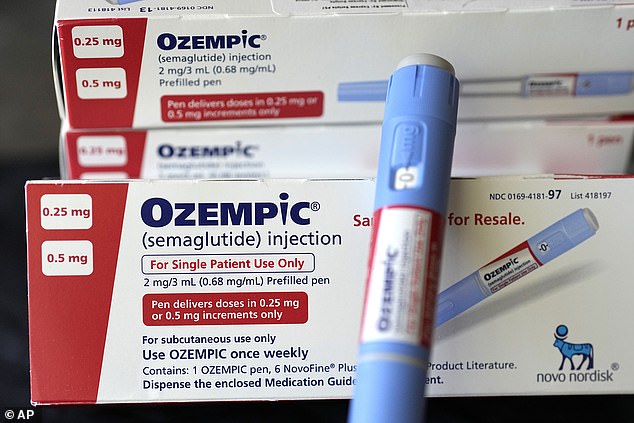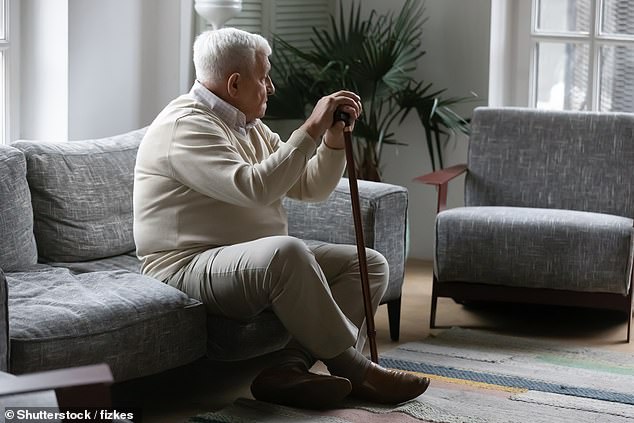Table of Contents
Men must do more to care for their elderly parents as the burden currently falls unfairly on women, a study reveals.
A survey of 2,000 people by Home Rather UK, which provides home care for older people, found that 88 per cent of women and 65 per cent of men believe there are more expectations for women to care for the family.
Additionally, 62 percent of female and 42 percent of male caregivers say that men do not do enough to care for their older relatives.
Home Rather’s chief operating officer, Ruth Brown, says: ‘The burden of caring for our elderly parents often falls on women. This amounts to millions of hours of unpaid and often exhausting work.’
Men must do more to care for their elderly parents as the burden currently falls unfairly on women, study reveals
Diabetes drug helps new hip surgery patients
Diabetes and weight-loss medications may help hip replacement surgery patients avoid dangerous infections, new data suggest.
One study found that patients taking Ozempic (also known as semaglutide, pictured left) were 44 percent less likely to develop an infection in a newly implanted joint.
The US study reviewed data from 10,000 patients with diabetes who underwent hip replacements.

One study found that patients taking Ozempic, also known as semaglutide, pictured left, were 44 percent less likely to develop an infection in a newly implanted joint.
Semaglutide was created to treat diabetes, but it was also very effective in combating obesity.
Experts aren’t sure why it reduces the risk of infection, although research suggests that obese people are more likely to suffer infections because being overweight weakens the immune system.
An artificial intelligence system could decide the best treatment for stroke survivors and could reduce the risk of relapse by a quarter.
A study of 20,000 patients in 77 hospitals across China used the software to give doctors recommendations on how to treat victims of ischemic stroke, when blood supply to the brain is suddenly cut off due to blood clots or ruptured blood vessels. a blood vessel.
Patients guided by AI were found to be a quarter less likely to have had another stroke or heart attack after three months than patients whose doctors did not use AI.
The study’s lead author, Zixiao Li, says: “AI has the potential to make a real difference in stroke care and benefit this large population of stroke survivors.”
weird science
Amputations after being licked by a dog
A man who contracted a fatal blood infection after being licked by a dog was saved by amputating parts of his legs, arms and nose.
In 2018, Greg Manteufel, from Wisconsin, USA, then 48 years old, went to the hospital with a fever and complaining of feeling very weak.
The cause of the infection was capnocytophaga, a germ commonly found in the mouths of dogs and cats. It is believed that he entered Greg’s bloodstream when he rubbed his eye after a dog licked his hand.
Capnocytophaga is harmless to animals but in rare cases it is transmitted to humans through saliva, bites or scratches, when it can be extremely dangerous.

A man who contracted a fatal blood infection after being licked by a dog was saved by amputating parts of his legs, arms and nose.
your amazing body
Human muscles are made up of hundreds of thousands of fibers that are formed in the body before birth and cannot be replaced.
Each muscle in the body is made up of a bundle of fibers called a fasciculus, surrounded by a layer of tissue.
The average adult male bicep, for example, contains about 253,000 of these fibers. When muscles increase in size during or after a workout, for example, this is because the fibers grow in length or thickness.
But studies show that the body cannot produce new muscle fibers and we lose them as we age in a process called sarcopenia, which can be slowed down with regular strength training exercises.


